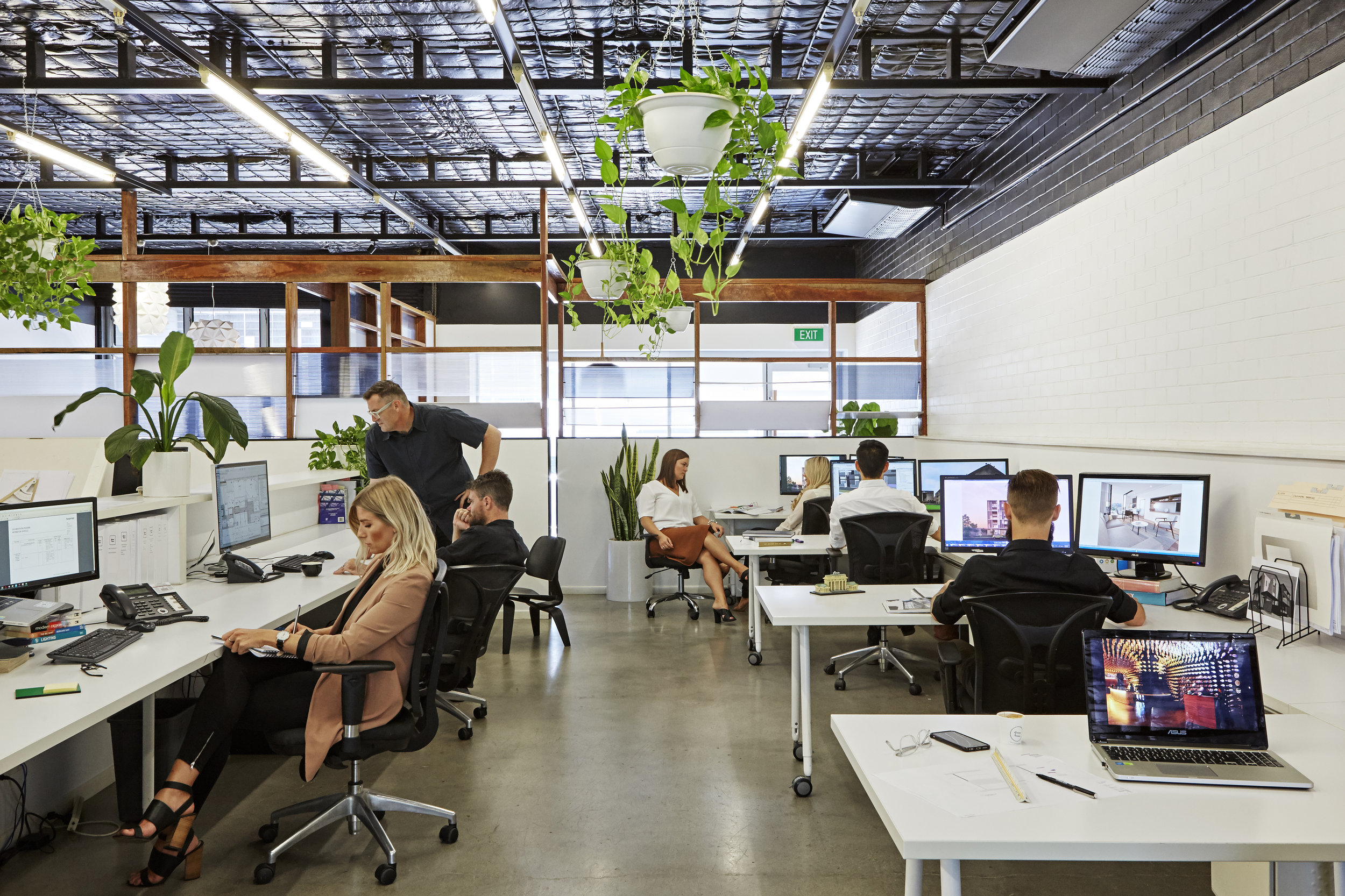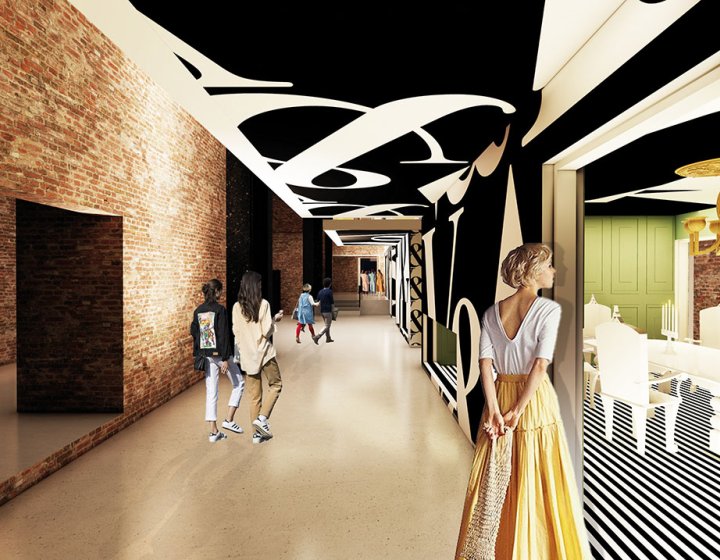The Art of Equilibrium: Just How Interior Design and Home Architect Collaborate for Stunning Results
In the realm of home design, striking an equilibrium between aesthetics and performance is no small accomplishment. This delicate stability is attained through the unified cooperation in between indoor designers and engineers, each bringing their distinct knowledge to the table. Remain with us as we check out the details of this collaborative process and its transformative impact on home design.
Recognizing the Core Differences Between Inside Design and Home Style
While both Interior Design and home architecture play crucial duties in developing cosmetically pleasing and functional rooms, they are naturally different disciplines. Home architecture primarily concentrates on the architectural elements of the home, such as constructing codes, safety and security regulations, and the physical building of the area. It deals with the 'bones' of the structure, dealing with spatial dimensions, bearing walls, and roofing system styles. On the various other hand, Interior Design is more concerned with enhancing the aesthetic and sensory experience within that framework. It entails selecting and setting up furnishings, selecting color pattern, and including decorative elements. While they function in tandem, their functions, duties, and areas of knowledge deviate substantially in the creation of a harmonious home atmosphere.
The Synergy In Between Home Architecture and Interior Decoration
The harmony between home design and Interior Design exists in a shared vision of design and the improvement of practical visual appeals. When these 2 fields straighten sympathetically, they can transform a space from average to phenomenal. This collaboration calls for a deeper understanding of each self-control's concepts and the capability to create a natural, aesthetically pleasing atmosphere.
Unifying Layout Vision
Unifying the vision for home architecture and Interior Design can develop an unified home that is both functional and visually pleasing. The equilibrium starts with an integrated frame of mind; engineers and interior designers team up, each bringing their knowledge. This unison of concepts forms the design vision, a plan that overviews the task. This common vision is essential for consistency throughout the home, making sure a liquid change from exterior style to indoor spaces. It advertises a synergistic strategy where architectural elements enhance Interior Design elements and the other way around. The outcome is a cohesive living room that shows the property owner's personality, way of living, and preference. Thus, unifying the layout vision is crucial in blending design and Interior Design for stunning results.
Enhancing Useful Visual Appeals
How does the synergy in between home architecture and Interior Design improve practical aesthetic appeals? This synergy makes it possible for the production of rooms that are not only aesthetically enticing however additionally comfortably functional. Engineers prepared with their architectural style, ensuring that the area is effective and practical. The interior designer then complements this with carefully picked aspects that boost the visual appeals without endangering the capability. This harmonious partnership can result in homes that are both liveable and gorgeous. An engineer might create a house with high ceilings and large windows. The indoor developer can after that emphasize these functions with high plants and sheer curtains, specifically, thus boosting the aesthetic charm while preserving the functional advantages of all-natural light and space.
Importance of Partnership in Creating Balanced Spaces
The partnership in between interior developers and architects is critical in developing balanced spaces. It brings consistency between style and architecture, bring to life areas that are not only aesthetically pleasing yet additionally functional. Discovering effective collective strategies can offer insights right into just how this synergy can be successfully accomplished.
Harmonizing Style and Architecture
Equilibrium, an important facet of both Interior Design and design, can just really be achieved when these 2 fields operate in harmony. This harmony is not just an aesthetic consideration; it affects the performance, toughness, and ultimately, the livability of an area. Inside designers and developers should recognize each various other's functions, appreciate their know-how, and interact properly. They have to take into consideration the interplay of architectural aspects with design, the circulation of rooms, and the influence of light and shade. This collaborative process causes a natural, well balanced design where every aspect adds and has an objective to the total aesthetic. Therefore, balancing style and design is not practically developing gorgeous areas, yet about crafting spaces that function flawlessly for their occupants.
Effective Collective Approaches

Situation Studies: Effective Assimilation of Layout and Architecture
Checking out numerous study, it emerges just how the successful assimilation of Interior Design and architecture can transform an area. The Glass Home in Connecticut, renowned for its minimalistic beauty, is one such instance. Designer Philip Johnson and indoor developer Mies van der Rohe teamed up to create an unified balance between the framework and the interior, resulting in a smooth circulation from the exterior landscape to the inner living quarters. An additional prototype is the Fallingwater House in Pennsylvania. Designer Frank Lloyd Wright and interior designer Edgar Kaufmann Jr.'s joint efforts lead to an amazingly one-of-a-kind residence that blends with its natural environments. These study underline the extensive effect of an effective layout and architecture partnership.

Getting Over Challenges in Design and Architecture Cooperation
Regardless of the indisputable benefits of a successful partnership between Interior Design and architecture, it is not without its difficulties. Communication her latest blog problems can develop, as both events may make use of various terminologies, understandings, and methods in their job. This can lead to misconceptions and delays in project completion. An additional major difficulty is the harmonizing act of visual appeals and functionality. Architects may prioritize architectural stability and safety, while designers focus on convenience and style. The combination of these goals can be intricate. In addition, budget and timeline restraints commonly include pressure, possibly triggering rifts in the partnership. Efficient interaction, mutual understanding, and compromise are critical to get rid of these difficulties and attain a effective and unified collaboration.

Future Fads: The Advancing Relationship Between Home Architects and Inside Designers
As the world of home design continues to advance, so does the partnership between architects and indoor designers. Alternatively, interior developers are welcoming technological facets, influencing general layout and performance. The future assures a much more cohesive, cutting-edge, and flexible strategy to home style, as developers and designers continue to obscure the lines, cultivating a connection that really embodies the art of equilibrium.
Final thought
The art of equilibrium in home design is achieved via the unified partnership between interior developers and designers. An understanding of navigate to this site each various other's self-controls, efficient communication, and shared vision are essential in developing aesthetically spectacular, practical, and welcoming areas. In spite of difficulties, this collaboration fosters growth and innovation in style. As the partnership between home designers and interior developers progresses, it will certainly remain to shape future patterns, enhancing comfort, efficiency, and personal expression in our living rooms.
While both interior design and home architecture play necessary functions in developing aesthetically pleasing and useful areas, they are naturally various self-controls.The harmony between home design and interior style exists in a common vision of style and the enhancement of functional aesthetics.Linking the vision for home architecture and indoor style can create a harmonious living space that is both practical and see this page aesthetically pleasing. Thus, unifying the style vision is crucial in mixing architecture and interior style for spectacular outcomes.
Exactly how does the synergy between home style and indoor layout enhance functional appearances? (Winchester architect)